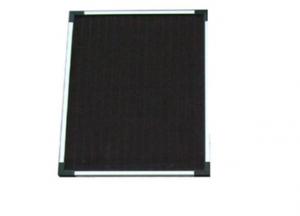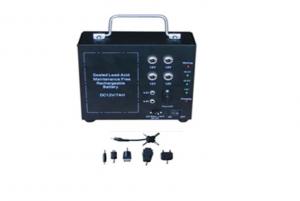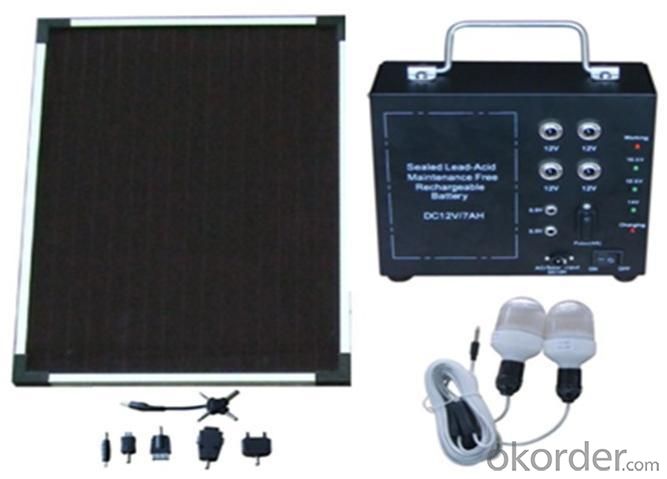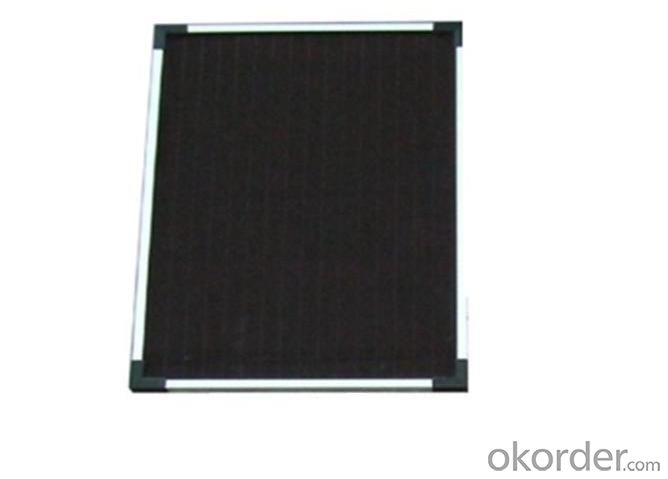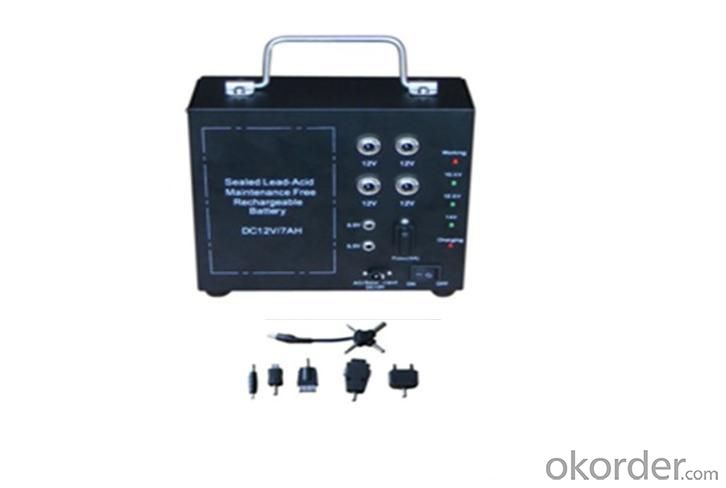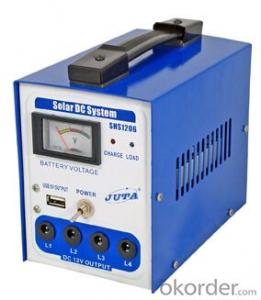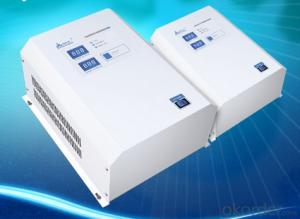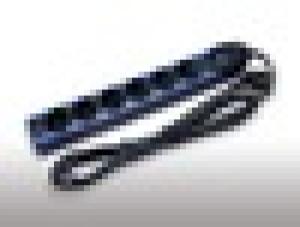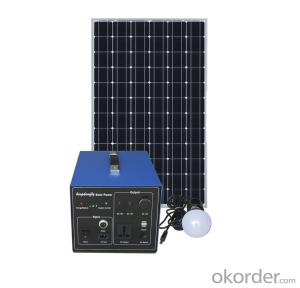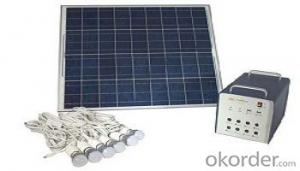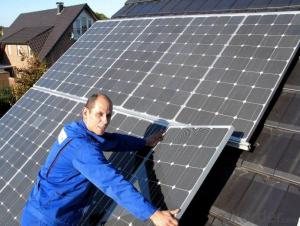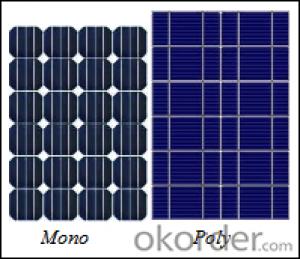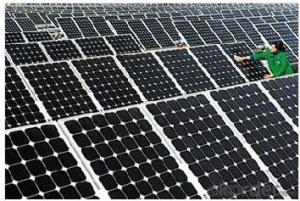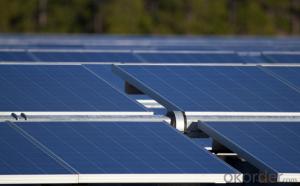Puerto Rico Solar Energy Systems CNBM-TS1 (5W)
- Loading Port:
- China Main Port
- Payment Terms:
- TT or L/C
- Min Order Qty:
- 1 set set
- Supply Capability:
- 1000 sets per month set/month
OKorder Service Pledge
OKorder Financial Service
You Might Also Like
Brief Introduction of Solar Energy System CNBM-TS1 (5W)
CNBM Solar Energy System is specialized in PV power 5W output, which takes advantage of reliable supplying, convenient installation and free maintenance, and has been used widely, and it is the compensation and substitution of normal power supply.
CNBM Solar panel offers high performance of power per square foot of solar array.Poly- or multicrystalline silicon(poly-Si or mc-Si): made from cast square ingots — large blocks of molten silicon carefully cooled and solidified.
The Sketching of Solar Energy System CNBM-TS1 (5W)
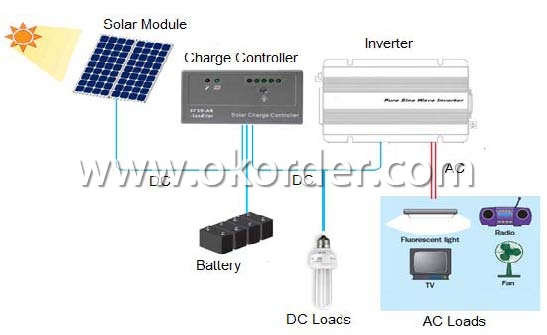
Components of Solar Energy System CNBM-TS1 (5W)
PV Array:
Convert sunlight instantly into DC electric power. Formed by the solar modules (also called photovoltaic modules) in accordance with the system requirements for series and parallel.
Solar Charge Controller:
A charge controller may be used to power DC equipment with solar panels. The charge controller provides a regulated DC output and stores excess energy in a battery as well as monitoring the battery voltage to prevent over charge or over discharge. An inverter can be connected to the output of a charge controller to drive AC loads.
Inverter:
Converts DC output power of photovaltaic soalr panels into standard AC power for use in the local off-grid electrical network. It is a critical component in a photovoltaic system, allowing the use of ordinary commercial appliances.
Battery banks:
Stores energy when there is an excess coming in and distribute it back out when there is a demand. Solar PV panels continue to re-charge batteries each day to maintain battery charge.
Technical data of Solar Home System CNBM-TS1 (5W) | ||||
Solar panel | Pmax | 5W | ||
Vmp | 17.5V | |||
Imp | 0/29A | |||
Battery | Capacity | 12V/7AH | ||
Accessories | 5W Amorphous Solar panel*1 Power box *1 LED bulb with 10m wire*2 Mobile phone adapter*1 Mounting pad*1 | |||
Package Data of Solar Home system CNBM-TS1 (5W) | ||||
Carton Size (L*W*H mm) | Carton Weight(kg) | PCS/CTN | 20’(PCS) | 40’(PCS) |
766*228*405 | 17.7 | 2 | 790 | 1650 |
Factory Picture of Solar Energy System CNBM-TS1 (5W)
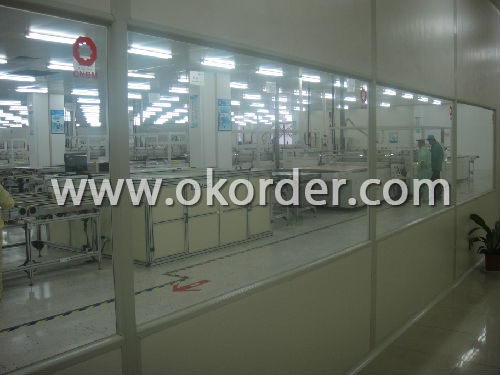
Package Picture2 of Solar Energy System CNBM-TS1 (5W)
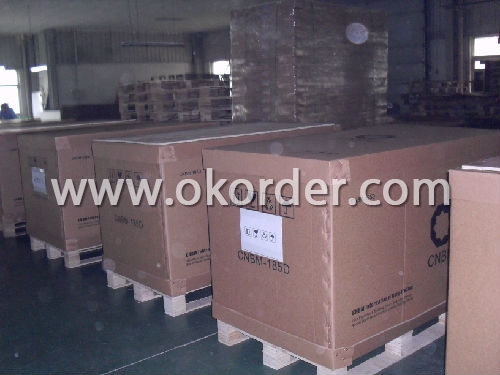
- Q: How does the angle and orientation of solar panels affect their efficiency?
- The efficiency of solar panels is heavily influenced by their angle and orientation. The angle, which refers to the tilt or inclination of the panels relative to the ground, is crucial. It is adjusted to maximize the amount of sunlight the panels receive throughout the day. The ideal angle varies depending on the geographical location and purpose of the installation. In regions near the equator, where the sun is directly overhead, a steeper tilt angle can help capture more sunlight. On the other hand, in regions further from the equator, the optimal tilt angle may be less steep to ensure consistent sunlight exposure throughout the year, considering the changing angles of the sun during different seasons. The orientation of the panels, or the direction they face, is also important. In the northern hemisphere, panels are typically oriented towards the south, while in the southern hemisphere, they face north. This maximizes their exposure to sunlight since the sun's path across the sky is closer to the equator. The efficiency of solar panels is directly impacted by their angle and orientation. When panels are installed at the perfect tilt and orientation, they receive the maximum amount of sunlight, resulting in higher efficiency. This allows the panels to effectively convert solar energy into electricity or heat. However, if panels are misaligned or improperly oriented, their efficiency can be significantly reduced. For instance, if the tilt angle is too steep or the panels face the wrong direction, they may not receive sufficient sunlight, leading to reduced energy production. Similarly, if the angle is too shallow or the panels are shaded by nearby obstructions like trees or buildings, their efficiency will suffer. In conclusion, the angle and orientation of solar panels are critical factors that determine their efficiency. Proper alignment ensures that panels receive maximum sunlight exposure throughout the day, optimizing their energy production. Installing panels at the ideal angle and orientation is essential for maximizing efficiency and harnessing the full potential of solar energy.
- Q: Can a solar energy system be installed on a thatched roof?
- Indeed, it is feasible to install a solar energy system on a thatched roof. Nonetheless, several factors warrant consideration. Thatched roofs comprise dry vegetation materials, which possess high flammability. Hence, it becomes crucial to guarantee the absence of any fire hazards associated with the solar panels and their installation. Moreover, one must meticulously evaluate the weight of the solar panels to ascertain the adequacy of the thatched roof in supporting the additional load. The installation procedure may necessitate specialized mounting systems and additional precautions to safeguard the integrity of the thatched roof. In conclusion, while the installation of a solar energy system on a thatched roof remains possible, it is imperative to seek guidance from professionals with expertise in working with thatched roofs to ensure the implementation of appropriate safety measures.
- Q: How long do solar batteries last?
- The lifespan of solar batteries can vary depending on several factors. On average, a well-maintained solar battery can last anywhere between 5 to 15 years. However, it is important to note that this estimate can be affected by various factors such as the quality of the battery, its usage patterns, regular maintenance, and environmental conditions. Additionally, some manufacturers offer warranties that guarantee a specific number of years or cycles for their batteries. Regular maintenance and proper usage can help extend the lifespan of solar batteries, while extreme temperatures, overcharging, or discharging can shorten their life. Therefore, it is crucial to choose a high-quality battery, follow recommended maintenance procedures, and ensure optimal usage to maximize the lifespan of solar batteries.
- Q: Are there any limitations to the amount of electricity a solar energy system can generate?
- Yes, there are limitations to the amount of electricity a solar energy system can generate. These limitations include factors such as the size and efficiency of the system, the amount of sunlight available, and the geographical location of the system. Additionally, external factors like weather conditions and shading can affect the system's performance and limit its electricity generation.
- Q: Are there any risks of electrical shocks during installation or maintenance of solar energy systems?
- During the installation or maintenance of solar energy systems, one must be aware of the risks of electrical shocks. These systems involve working with electrical components, such as solar panels, inverters, and batteries, which carry high voltage. Failure to follow proper safety measures can result in contact with live electrical parts and the possibility of receiving an electrical shock. Several factors can contribute to the risk of electrical shocks, including improper installation, insufficient knowledge or training in electrical systems, failure to use personal protective equipment (PPE), and inadequate grounding. It is crucial to adhere to safety guidelines and regulations when installing or maintaining solar energy systems. This includes wearing insulated gloves, using insulated tools, and ensuring proper grounding. Furthermore, working at heights during installation or maintenance introduces an additional hazard of electrical shocks. Care must be taken to prevent falls or accidental contact with live electrical parts while working on rooftops or elevated areas. To minimize the risks of electrical shocks, it is advisable to hire qualified and trained professionals for the installation and maintenance of solar energy systems. Regular inspections and maintenance checks should also be conducted to identify and address any potential electrical hazards. In conclusion, while solar energy systems offer many benefits, it is vital to be aware of the potential risks of electrical shocks and take the necessary precautions to ensure the safety of individuals involved in the installation or maintenance process.
- Q: What is the future of solar energy technology?
- The future of solar energy technology looks promising and is expected to continue to grow and evolve. Advancements in solar panel efficiency, energy storage solutions, and integration with smart grids are key areas of development. With decreasing production costs and increasing adoption, solar energy is likely to become a significant source of electricity globally, contributing to a more sustainable and clean energy future.
- Q: Can solar energy systems be used for water heating?
- Yes, solar energy systems can be used for water heating. Solar water heating systems use the sun's energy to heat water, which can then be used for various purposes such as bathing, cooking, or space heating. These systems typically consist of solar collectors, which absorb sunlight and convert it into heat, and a storage tank to store the heated water. Solar water heating is a sustainable and cost-effective way to meet the hot water demand in residential, commercial, and industrial settings.
- Q: Can solar energy systems be used in areas with strict environmental regulations?
- Yes, solar energy systems can be used in areas with strict environmental regulations. In fact, solar energy is often encouraged in such areas as it is a clean and renewable source of energy that helps reduce carbon emissions and dependence on fossil fuels. Installing solar panels and utilizing solar power can help meet environmental regulations and sustainability goals by providing a reliable and environmentally-friendly energy solution.
- Q: Are there any risks of electrical fires with solar energy systems?
- Solar energy systems, although generally regarded as safe, do pose potential risks of electrical fires. The improper installation or maintenance of the system stands as one of the primary hazards. Inadequate wiring or faulty electrical connections can result in overheating and fire hazards. Moreover, insufficient grounding of solar panels or system faults can also heighten the likelihood of electrical fires. Hence, it is vital to enlist the services of qualified professionals for both installation and regular maintenance of solar energy systems, effectively minimizing these risks. To further diminish the chances of electrical fires, it is crucial to adhere to fire safety measures, including the use of appropriate wiring, the installation of proper fire detection and suppression systems, and ensuring sufficient ventilation surrounding the solar panels. Consequently, despite solar energy systems generally being safe, it is imperative to acknowledge these risks and implement necessary precautions to mitigate them.
- Q: How do solar energy systems impact energy consumption patterns?
- Solar energy systems can have a significant impact on energy consumption patterns by reducing reliance on traditional fossil fuel sources. These systems generate clean and renewable energy, which can be used to power homes, businesses, and even entire communities. By harnessing the power of the sun, solar energy systems help decrease the overall demand for electricity from the grid, leading to a more sustainable and environmentally friendly energy consumption pattern.
Send your message to us
Puerto Rico Solar Energy Systems CNBM-TS1 (5W)
- Loading Port:
- China Main Port
- Payment Terms:
- TT or L/C
- Min Order Qty:
- 1 set set
- Supply Capability:
- 1000 sets per month set/month
OKorder Service Pledge
OKorder Financial Service
Similar products
Hot products
Hot Searches
Related keywords

